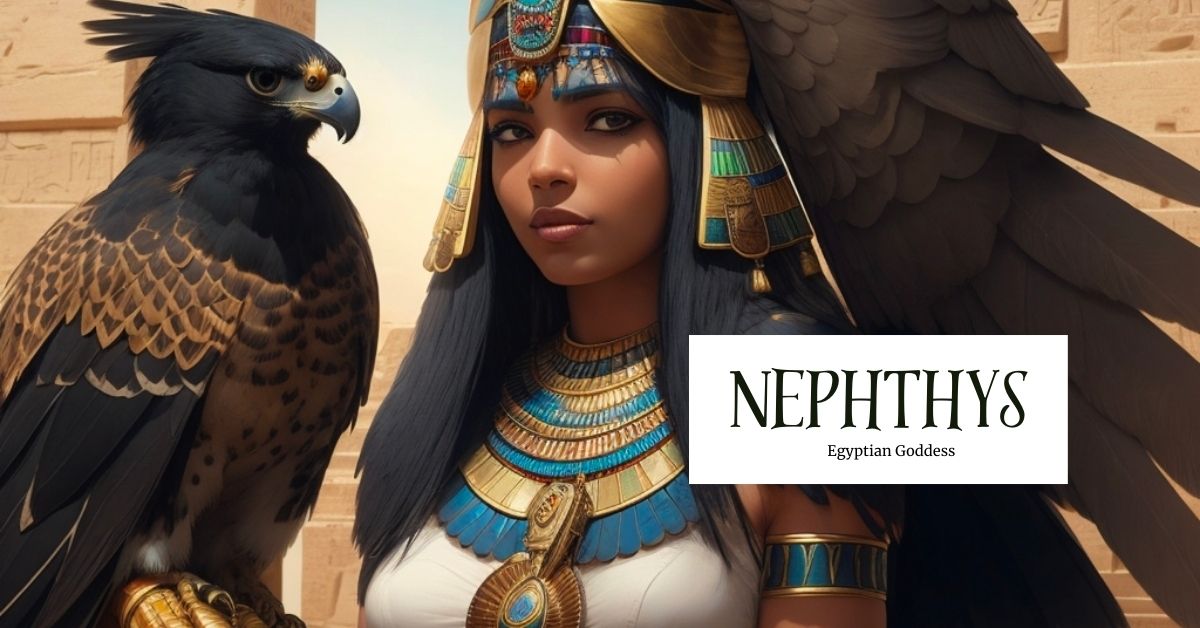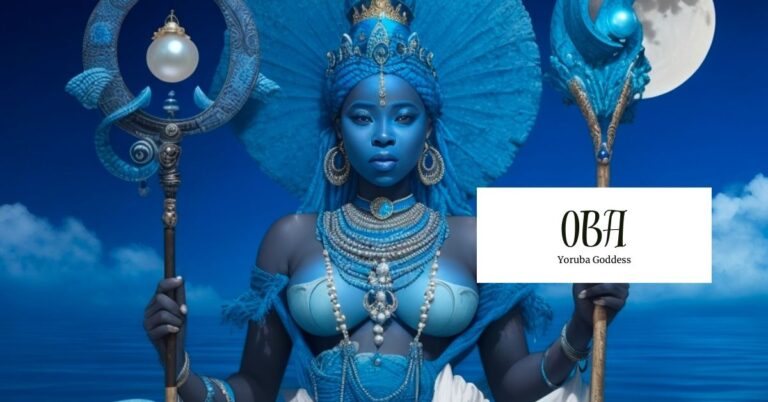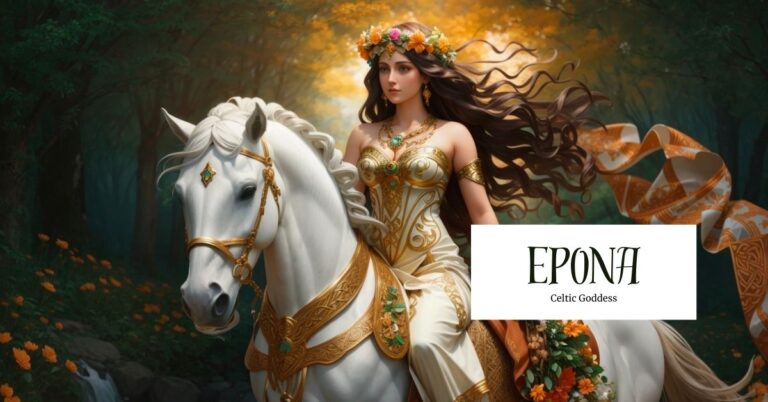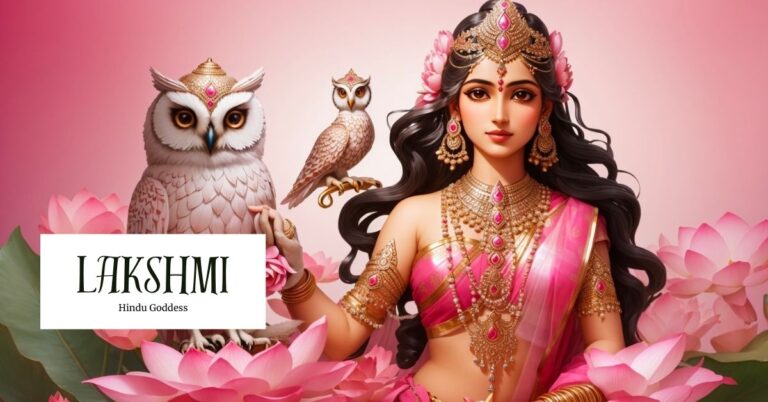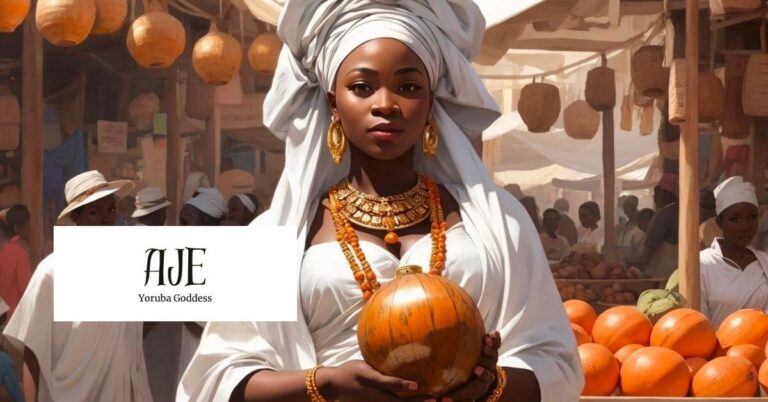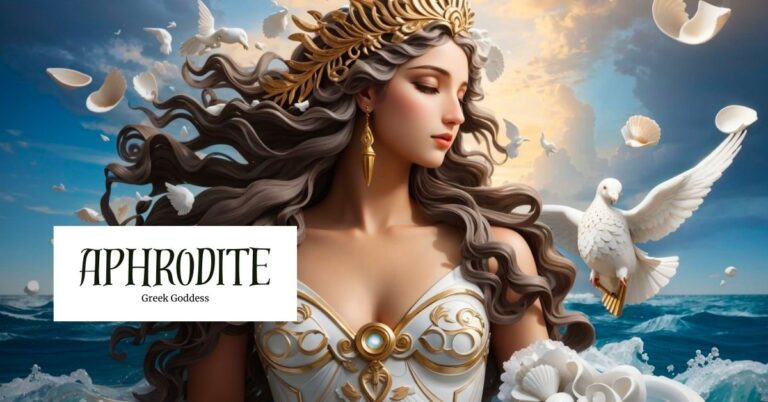Nephthys: The Goddess Of Darkness
Part of the original nine deities that ruled ancient Egyptian mythology, Nephthys is the goddess of darkness, mourning and death. Nephthys is famously the sister of the goddess of magic and light: Isis. The sisters represented light and dark, day and night, life and death, and growth and decay. Nephthys myths and legacies are vital to understanding ancient Egyptian funerary rituals and practices.

Source: Archaeological Museum
Overview of Nephthys
Nephthys is the daughter of Nut and Geb, grandchildren of the sun god Ra. Similar to Isis and Osiris, both siblings and partners, Nephthys is the sister and partner to Set, the final sibling in this quartet. Nephthys is said to be infertile, but a popular myth of Nephthys claims she was the mother of Anubis, god of funerary rites. Nephthys is associated with death, mourning, darkness, protection, magic, childbirth and service. Nephthys is tightly wound to her sister Isis in appearance, abilities, traits and rituals—making the two a deity package deal. Nephthys’ popularity stemmed during the time of Ramasses II, which is when she started to be separate from Isis.
Titles
The translation of Nephthys is “Lady of the House” or “Lady of the Temple.” The name Nephthys is the Greek form of an epithet. The translation of her names can be associated with specific temples and aspects of Egyptian temple rituals.
Abilities
The sisters Nephthys and Isis were paired together in funerary rites as protectors of the dead and the transition to the afterlife. Nephthys had special magic relating to the dead—she had great knowledge of magical spells, charms and sacred words. She used this knowledge to protect the dead from any harm. Nephthys was a protector of the pure heart and worked hard to keep her role as a sacred protector of the dead. In some sources, when Nephthys is in the form of a kite, she would wail and shriek to signal there was a death. She aided souls into their transition to the afterlife and also acted as a source of comfort for the loved ones of the deceased. Nephthys protected the tombs of the dead. Ancient Egyptians would place statues of Nephthys in front of the tombs and in front of canopic jars, where organs of the deceased were sometimes stored.
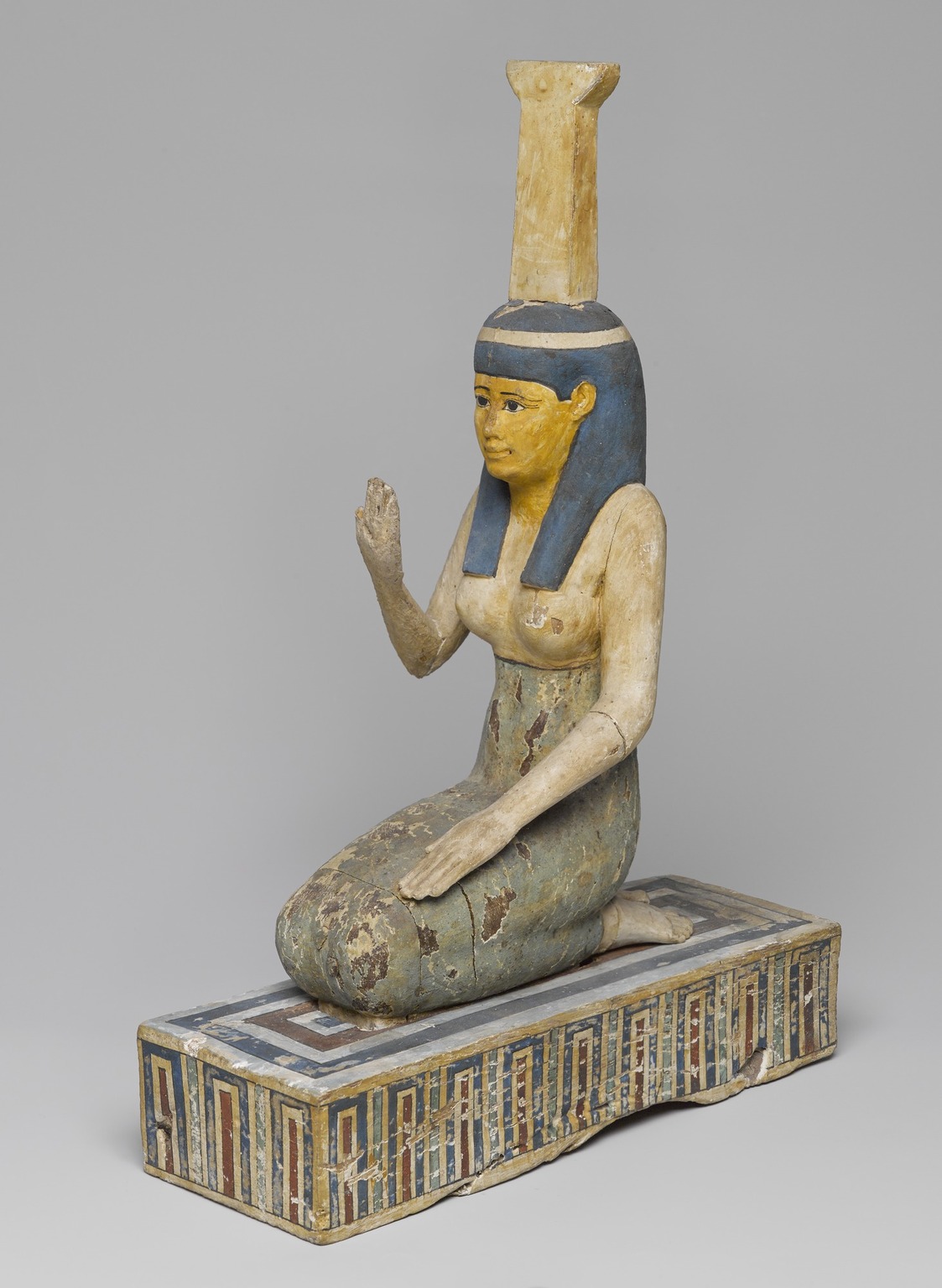
Source: Brooklyn Museum
Characteristics
Nephthys was usually depicted as a woman or a bird. She was specifically associated with the vulture, which Egyptians thought were usually female and could not bear its own children. Vultures eat remains, therefore associated with death and decaying, which then relates to Nephthys.
Nephthys could also be depicted as a woman in mourning with her hair compared to strips of cloth used in mummification. Hieroglyphs of her name could be seen on her head. Isis and Nephthys together were seen as “wailing women” as a part of ancient Egyptian funerary rituals. Nephthys and Isis were often depicted as identical twins with only a small symbol on top their heads separating the two.

Source: The Guardian
Traits
Nephthys has similar magical traits to her sister Isis. Because of their similarities as sisters, they are often pictured as twins. Because of her association with death and darkness, funerary rituals and services is where Nephthys was referenced quite often. She is also a protector of the divine, and would sometimes be described as a dangerous deity capable of incinerating enemies of the pharaoh with her fire breath.
A notable trait of Nephthys was her infertility. Because this is part of ancient Egyptian mythology, that trait is not always accurate and sometimes has magical deviations. The ancient Pyramid Texts named Nephthys as “substitute without vulva” or “an imitation of a woman with no vagina.” Because of this, her marriage to her brother Set was never consummated. There is a myth that Nephthys had an affair with Osiris and birthed a son named Anubis. Compared to her sister’s partnership, Set and Nephthys were very different from Isis and Osiris. Some texts suggest that Nephthys lived with her two other siblings and not Set.
Symbols
Similar to Isis, Nephthys could be depicted as a kite, symbolizing freedom and protection. The outstretched wings of the goddess in a falcon form is a symbol of protection. The association with the kite and the bird are also reminders of the ancient lamentations offered to the dead, usually by women crying. Nephthys and Isis represented the gateway entrance to temples, which also symbolized the ankh.

Source: Flickr
Festivals and Rituals
In the Heliopolis city, Nephthys and Isis were represented by two virgin priestesses at festivals and celebrations. The priestesses would recite Lamentations of Isis and Nephthys, which is a long narrative poem that tells the story of how the sisters worked together to revive the body parts of Osiris and bring him back to life. The poem would be recited at religious ceremonies, festivals, and funerary rituals. The tradition of lamentation stemmed from the murder and revival of Osiris. Nephthys guided her sister through the funeral procession for Osiris, establishing the tradition of two women walking in front of and behind a coffin during a funeral ritual.
Nephthys did not usually have her own dedicated temple, but rather was located at temples in every region of Egypt. Everyday people were not permitted to enter the inner sanctuary of the temple where Nephthys’ statue lived. Priests and priestesses cared for the statue and observed her holy days and festivals. In the time of Ramesses II, Nephthys was given her own temple because of her intense popularity. Her temple was next to Set’s. In this time period, she started to be mentioned in texts without reference to Isis or Set.

Source: Flickr
Legends associated with Nephthys
Nephyths is part of the original nine of Egyptian deities who were created from Ra and siblings to the infamous Isis, Osiris, and Set. Her origins and legends tend to intertwine with stories of her siblings.
Origin story
According to a popular ancient Egyptian myth, Isis is part of the first creation of Egyptian gods and goddesses. The world was dark and watery at the beginning and that is where Atum, considered the first Egyptian god, created himself sitting on a mound that emerged from the waters. Atum created his children, Shu and Tefnut, by spitting them out of his mouth. His children then birthed Geb and Nut, and from them came Osiris, Isis, Seth and Nephthys. This was the creation of an ennead, groups of gods and goddesses in the number nine. Numbers were sacred in Egyptian culture, and nine was no exception. Nine could stand for “all gods.” Egyptians used the number three as plurals, so nine was the plural and plurals. Nephthys is part of the first family of nine that kickstarted the Egyptian deities in ancient Egyptian culture.
The Birth of Anubis
As mentioned earlier, Nephthys was thought to be infertile, except for one myth about the birth of Anubis. Because Nephthys and Isis were closely associated, they were also thought to be identical as well. In this ancient Egyptian myth, Osiris mistook Nephthys for his wife and other sister, Isis. Nephthys and Osiris then had an affair, which was a big moral crime in ancient Egyptian times. Osiris was thought to be innocent since he did not know that he was not with his wife. Although Nephthys did not face any consequences nor was hated by Isis, she birthed a son named Anubis who she abandoned in the woods, for fear that Set, her husband, would find out about the affair and the child. Anubis is the god of funerary practices, similar to his mother.

Source: Wikipedia
Modern appearances
Nephthys does not have many modern references at all, but the English band With the Dead have a song on an album titled “Nephthys” and referenced ancient Egyptian funerary rituals. She is also a character in Gods of Egypt where she appears as Set’s wife and disapproves of his malicious intentions.

Source: Wikipedia
The arrowhead vine has a very similar name, Nephthytis, which is very reminscient of Nephthys.
Final thoughts
Nephthys is often compared and roped into a duo with her sister, Isis, but Nephthys herself also stands by herself as a meaningful goddess who is an important aspect of ancient Egyptian funerary practices and rituals associated with the dead. Nephthys’ infertility makes her unique from other goddesses who have children, which makes her legend an entertaining one. Although Nephthys is not seen in modern media, her role in ancient Egyptian time is extremely relevant.
Sources
Encyclopædia Britannica, inc. (n.d.-b). Nephthys . Encyclopædia Britannica. https://kids.britannica.com/students/article/Nephthys/312673#:~:text=Like%20Isis%2C%20Nephthys%20was%20believed,Two%20Lands%2C%20and%20Great%20Goddess
Mark, J. J. (2023, July 30). Nephthys. World History Encyclopedia. https://www.worldhistory.org/Nephthys/
Nephthys. Ancient Egypt Online. (n.d.). https://ancientegyptonline.co.uk/nephthys/
Nephthys. Mythopedia. (n.d.). https://mythopedia.com/topics/nephthys#family
Nephthys. Explore Deities of Ancient Egypt. (n.d.-d). https://egyptianmuseum.org/deities-nephthys#:~:text=Nephthys%2C%20or%20%E2%80%9CMistress%20of%20the,and%20the%20sister%20of%20Isis.
Rhys, D. (2023, April 26). Nephthys – goddess of darkness and Death Egyptian mythology. Symbol Sage. https://symbolsage.com/nephthys-goddess-of-darkness-egyptian/

